Flashback Friday: Experiment - Can You Mine Gold From Old Motherboards?
Chlorine Gas: Highly Dangerous!
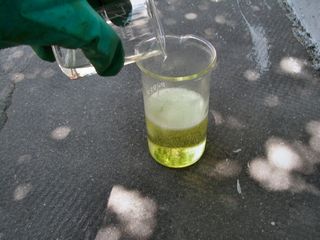
Careful! The reaction is highly exothermic and produces chlorine, a highly dangerous gas. Chlorine gas was used as a chemical weapon during the first World War, under the name bertholite.
Dissolving
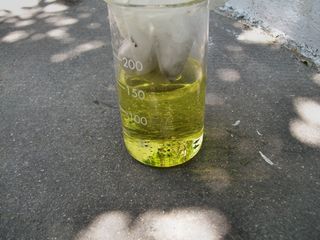
In fact, the chlorine produced by mixing hydrochloric acid and chlorine bleach is what will dissolve the gold to form gold(III) chloride.
2 Au + 3 Cl2 -> 2 AuCl3
Filtering Again
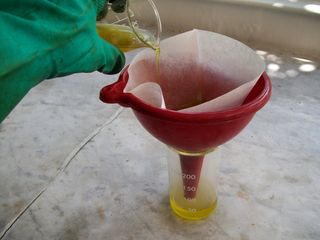
Now, all we need to do is filter everything once again. The filter will retain all the impurities, leaving only a gold(III) chloride solution.
Precipitating
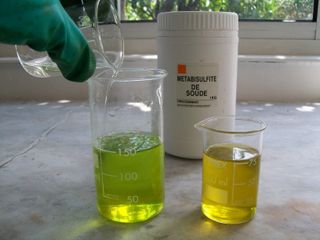
To recover the metallic gold, we now need to precipitate the gold that’s in solution. For that, we use powdered sodium metabisulfite. In the presence of water, the sodium metabisulfite produces sodium bisulfite.
Na2S2O5 + H2O --> 2 NaHSO3
This sodium bisulfite is what will allow the gold to precipitate.
Stay on the Cutting Edge
Join the experts who read Tom's Hardware for the inside track on enthusiast PC tech news — and have for over 25 years. We'll send breaking news and in-depth reviews of CPUs, GPUs, AI, maker hardware and more straight to your inbox.
3 NaHSO3 + 2 AuCl3 + 3 H2O --> 3 NaHSO4 + 6 HCl + 2 Au
Gold Powder
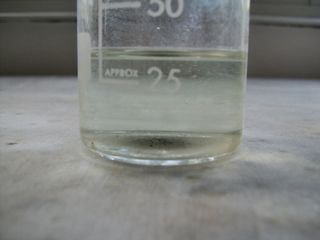
We let the solution settle, then we recover the brown powder collected at the bottom of the beaker. We have to be careful not to lose any--that’s metallic gold!
Melting
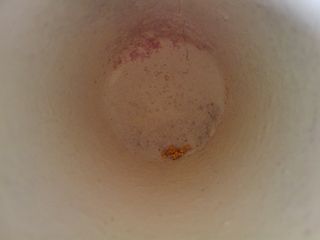
Now, all we need to do is to melt the powder in a crucible.
The melting point of gold is around 1064° C (1947.52 °F), so an oxy-butane torch will do the job.
A Gold BB
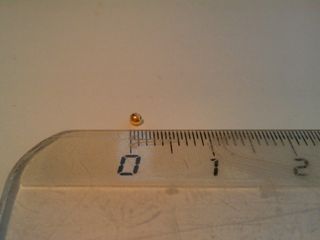
The result is a pretty gold BB!
Economically speaking, is it worth all the trouble? Definitely not. The process is only viable if it’s done on an industrial scale. The little ball of gold we recovered is only worth two or three dollars at current prices. And in fact, companies that recover the gold from old computers use other techniques and chemicals that are even more dangerous. But it’s still interesting and fun to know that it’s technically possible to recover gold from motherboards using a homemade process.
It’s also possible to recover gold from add-in cards, processors, and chipsets. But that’s a story for another day.
-
Fetal Amazing. Nothing can replace gold of course. Good for us, giving advice not to do in your home or i was ready to do it.Reply -
welshmousepk excellent experiment. was very fun to read.Reply
what will you do with the ball of gold? would make a cool giveaway ;) -
cangelini greghomeWhy is there not a Don't Try this at home quote?Reply
There is, right on the first page ;-) -
victomofreality ReplyBut it’s still interesting and fun to know that it’s technically possible to recover gold from motherboards using a homemade process.
Homemade process? where does someone find 95% concentrated sulfuric acid for home use? I've read cockroaches can swim in sulfuric acid and have always wanted to test that :P -
lashton see toms this is an interesting article, now what we expect from toms is an article like "IPhone puches kid in face"Reply -
jimslaid2 Now lets all send Tom's all of our old Motherboards and add in cards and see what we can come up with. I've got about a Dozen.Reply
Most Popular


